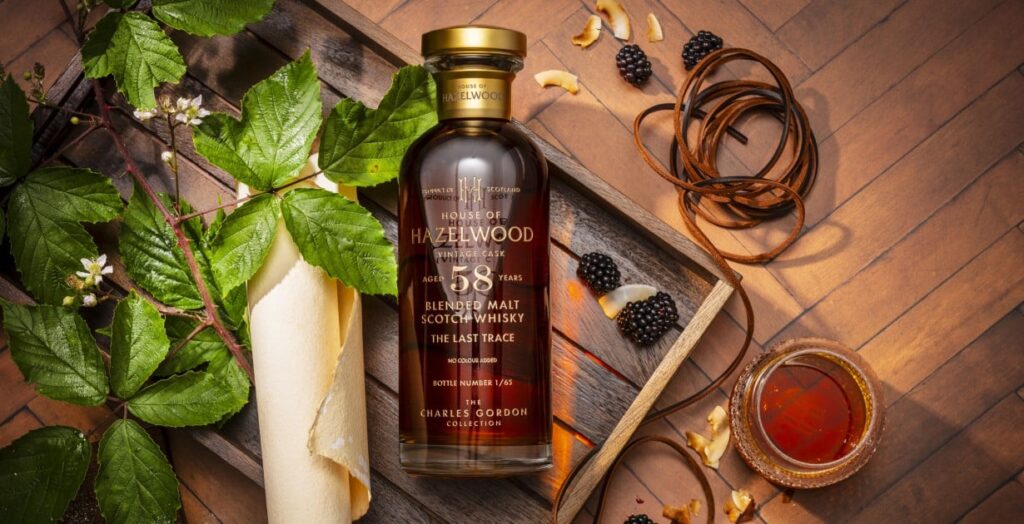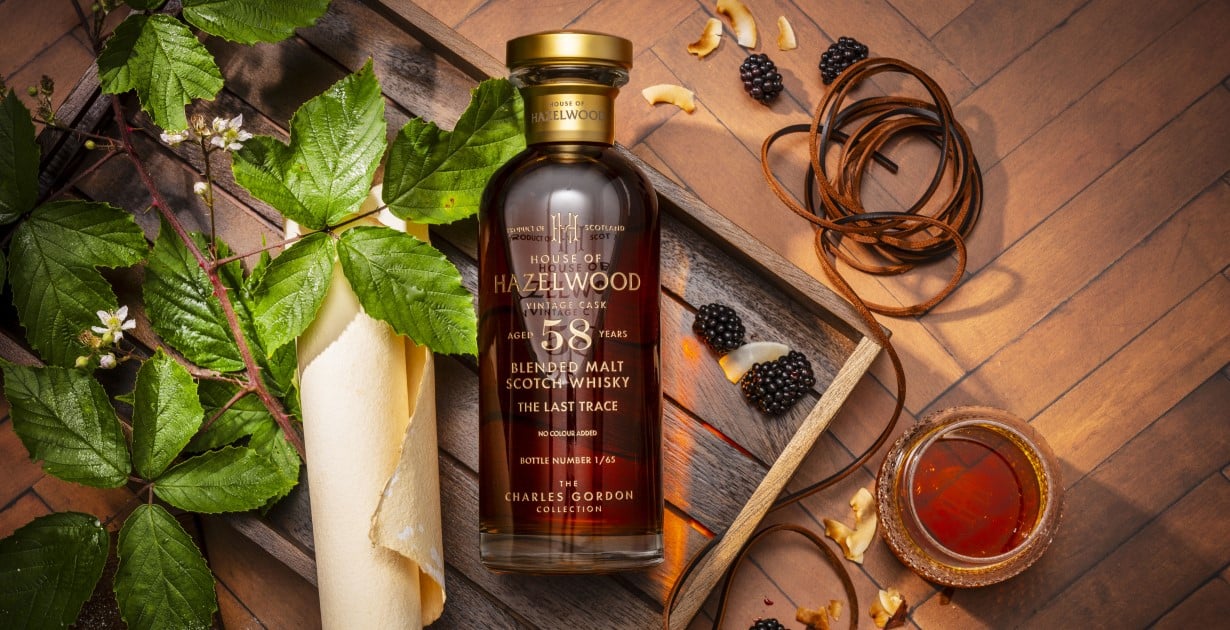

The premium whiskey industry is dominated by collaborations with car brands, impactful graphics, and quirky packaging. It’s arguable that the world’s oldest whiskey, released by Macallan earlier this year, says it all, but the whiskey is released in a spaceship-shaped decanter and cannot be poured without special equipment. I can’t. As collaboration continues to expand and excess increases, will the “quiet luxury” model work? And is anyone trying it?
What is quiet luxury?
Today, the word luxury is spread very easily. However, luxury has historically been an expression of wealth and, by extension, a declaration of belonging to the upper echelons of society. The idea of quiet luxury is to provide a luxurious experience, but to eliminate (obvious) statements that the item was expensive. Importantly, in addition to other luxurious decorations, we also maintain the price. Interestingly, it has also evolved into a kind of luxury secret club, and being aware of it is a statement in itself.
The real premium whiskey market is still relatively young compared to things like fashion. The rise of single malt Scotch as a premium/luxury product has occurred over the past 40 years and remains almost entirely brand-driven.
I’ve lost count of the number of collaboration announcements I’ve received this year. Many are incredibly interesting. But whether it’s a collaboration with an artist, a whiskey branded with a luxury car logo, or a global music superstar releasing his own whisky. Everywhere you look, you can see brands from countless categories. These collaborations are primarily done as an endorsement and are designed to serve as a statement of quality and, by extension, wealth.
Obsessed with the details of Scotch
The balance with quiet luxury is to strip away the branding but maintain other core elements of luxury. Let me preface this by saying that, to my knowledge, no company in the whiskey market, whether distillers or independent bottlers, has taken a completely “quiet” route. However, there are some brands that are moving in this direction.
Springbank is probably the closest example of a high-profile Scotch distillery. These are decidedly small and modest by Scotch industry standards. All of their labels are a bit too busy to be classified as completely quiet, but more on that later. But they are quiet in another sense. They focus on “drinkers first” rhetoric, even their major releases are limited edition in nature due to low production volumes, and their branding is very traditional. Springbank whiskey is one of the most collectible in the world, but it will probably never be released in TIME:SPACE style to coincide with the company’s 200th anniversary in 2028.
Some of their releases, bottled in Springbank cages, are about as subtle as officially bottled single malt Scotch whiskies. Introduced in 2011, these products were carefully selected by the Springbank production team led by Findlay Ross. When we emailed Springbank about this iconic series, David Allen, Springbank’s director of sales and marketing, told us how Ross and the team were able to “create something different from our standard core series. He explained to me how to choose a barrel that would serve me well.
The label on Cage’s bottling is a far cry from what you would expect from a distillery-only release. If you are lucky enough to own a full cask of Springbank and can request a sample, it will be almost indistinguishable from the label you receive. That’s because that’s exactly how they started. Barrel sample.
“These used to be single-bottle samples from kegs, and the same kegs were returned from time to time,” Allen said. Similar to trade samples, specific details for each release are handwritten on white rectangular labels, with fields displayed in red. Each release is then recorded in a handwritten ledger.
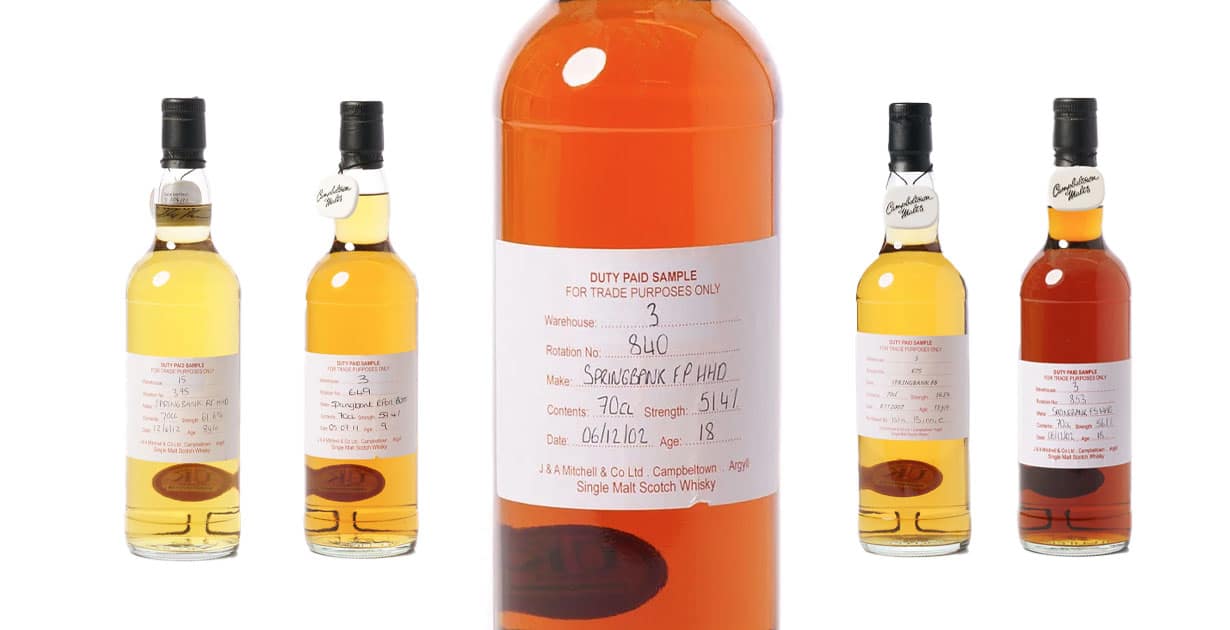

There is no official logo on the bottle itself. The only visible identification is a small neck tag that reads “Campbeltown Malts”. But it is the intangibles that add value to these things. Purchase experience. Allen explains that that’s what they were created for. “They were going to give people who had made the long journey to Campbelltown something unique that they could only buy from us.”
If you buy these directly from Springbank, they’re usually very affordable at $85 to $130 (£65 to £100). This price highlights the reality that these are not being pushed out as luxury bottles. I understand that this is exactly Springbank’s intention. Additional branding has been removed to keep prices down rather than drive them up. This takes us even further away from a true “quiet luxury” model.
busy whiskey label
To be honest, Scotch, and the global whiskey/whiskey market, is a historic market. The default settings seem to continue with what has been done so far. And it’s about providing consumers with as much information as possible.
The sheer amount of information on the label is where I feel Scotch, and whiskey in general, will struggle to reach its full silent branding potential. Whether it’s bourbon or Scotch whisky, labels are often busy. The next time you browse your favorite whiskey shop, take a moment to think about the label. They are most often filled with small writing, signatures, multiple dates and numbers.
There are a few other brands that I feel are going in a different direction. As a category, independent bottlers are forced to use the distillery name as their primary brand. They need to trust their customer base to choose the best whisky.
Independent bottlers and quiet luxury
House of Hazelwood Bottle Premium Blend from the Gordon Family’s Private Cask Collection. The blended nature means we take a step back from the distillery’s reputation and focus on establishing our own distinct brand. This is what House of Hazelwood has achieved through a series of exceptionally aged blends. I reached out to them to learn more about why they chose to work with premium blends and the challenges it brings.
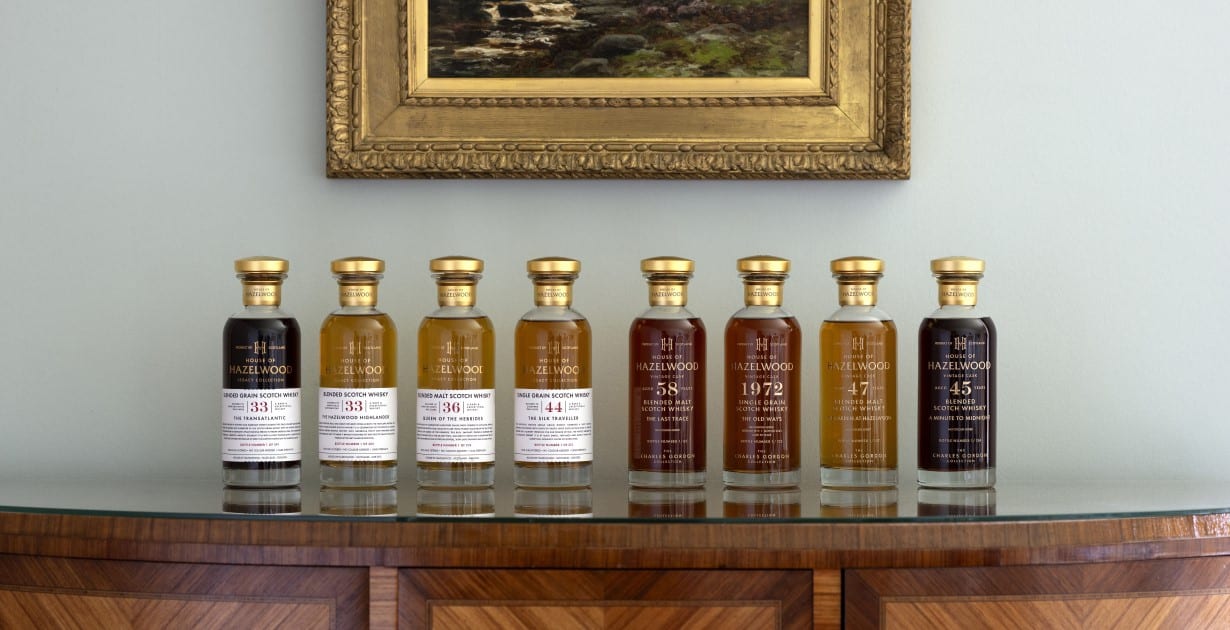

Jonathan Gibson, director of House of Hazelwood, explained in an email: In doing this, we have sought to ensure that the whiskeys we introduce today reflect the families and individuals who built our original stock all those years ago – their ideas, personalities and ambitions. All of this must be made clear in the releases we provide. ”
The Last Drop is another independent bottler I reached out to because they value quality over quantity. “We bill ourselves as ‘the world’s most notable curators (and creators) of spirits,’ and that sets a very high bar for deciding what to bottle.” , Last Drop Managing Director Rebecca Jago said in an email. “No single criterion is enough. Age, rarity, and deliciousness all play a role, along with a compelling story. But ultimately it’s the combination of them all that makes the spirit stand out. It has an added quality that doesn’t exist before.
Ultimately, for both independent bottlers, it’s the combination of criteria of quality, rarity and story that makes each release greater than the sum of its parts. For both brands, the bottles are luxuriously styled to match the rarity of the spirits they produce. They are definitely paired. Still, I don’t think they’ve shut up yet. Because each label tells the story of its precious whisky, beautifully and in great detail. After all, they still adhere to the classic trap that premium spirits cannot escape: massive details across all labels.
A step towards silence?
At the moment, we are still a long way from true quiet branding in the whiskey market, both in Scotch and globally. You probably don’t need to worry about brands like Macallan. They are focused on building and sustaining a global luxury brand, and it’s good to be noisy, if not to tread the quiet path. But for others, I would argue that “modest” can thrive as a solution.
Independent bottlers, in particular, cannot make the distillery name the main focus of their labels or marketing, so they must look for other avenues to differentiate themselves. It’s a quiet place, at least become quiet—Branding may be included.
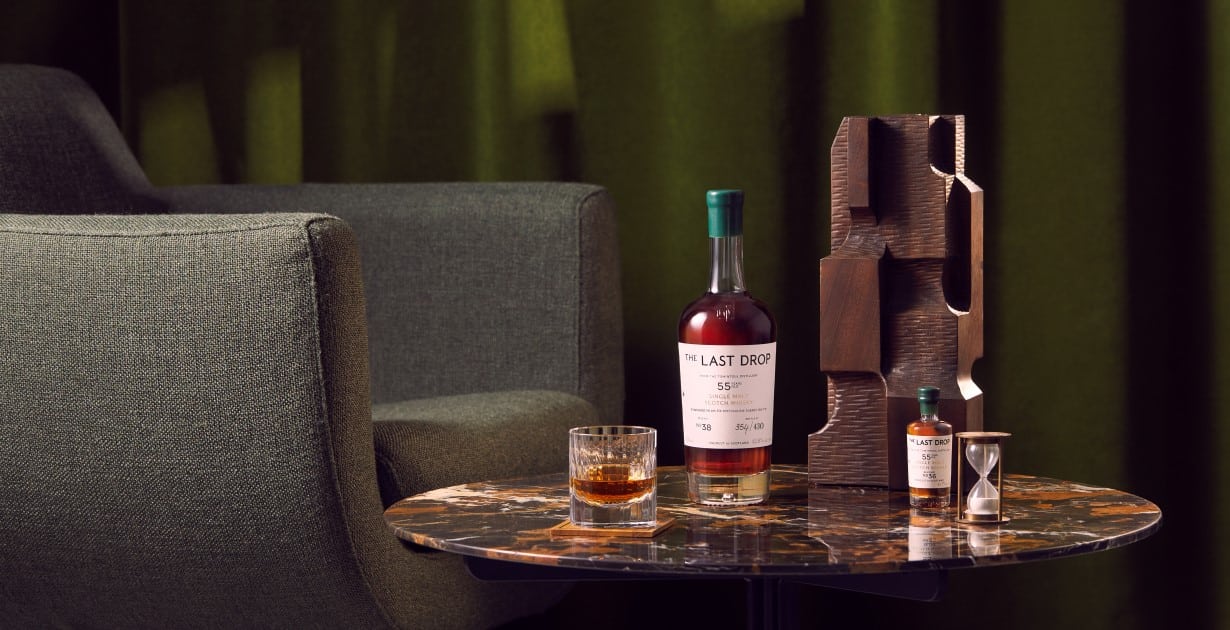

A new approach for a new audience
I support Beyoncé’s Sir Davis Whiskey for what it represents in terms of bringing whiskey to an audience that has traditionally felt excluded from the drink. I think the marketing is perfect and the price is right. Looking at the industry through the lens of quiet branding, what I also find interesting is, if you didn’t know it was Beyoncé’s whisky, how would you know?
If you put SirDavis side by side with other recent or past releases, you’ll see a big difference. It may be a flashy bottle, but it backs it up in terms of detail. It’s not screaming what it is. In an increasingly saturated global whisky/whiskey market, is it time to move away from car collaborations and explore new styles? Could Beyoncé show us how?
The original version of this article was written by me for Forbes.com



